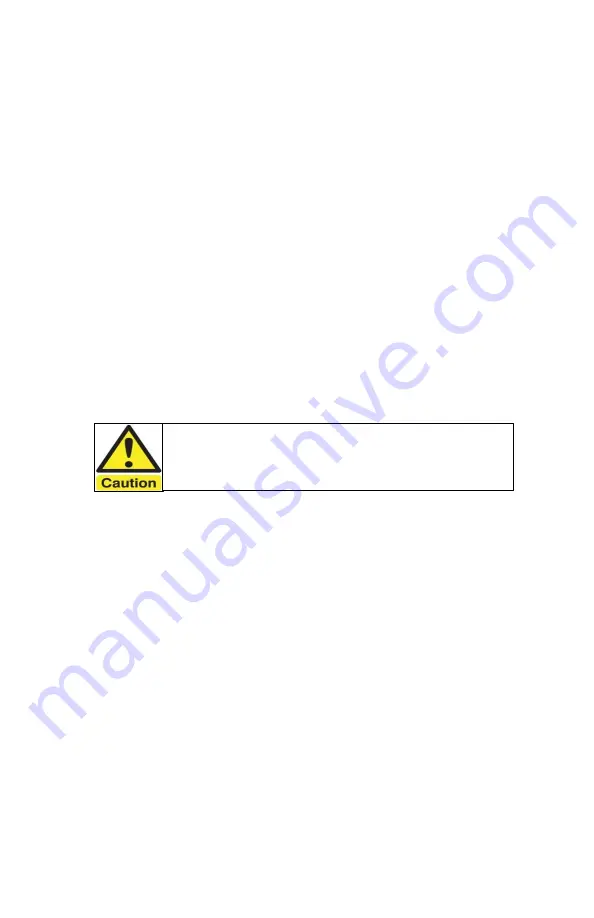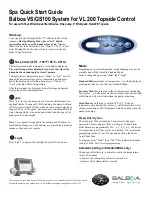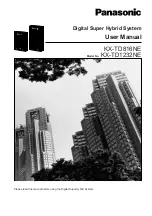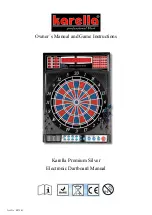
25
measure used internationally.)
The listed amount is for maximum load capacity. When traveling with less
than full weight, you may wish to reduce air pressure for smoother ride.
While driving, your tires will get warmer, causing air pressure to increase.
To get an accurate pressure reading, you must allow tires to cool for three
hours.
The recommended tire inflation pressure that vehicle manufacturers
provide reflects the proper psi when a tire is cold. The term cold does not
relate to the outside temperature. Rather, a cold tire is one that has not
been driven on for at least three hours.
If you have been driving your vehicle and think that a tire is under inflated,
fill it to the recommended cold inflation pressure indicated on your
vehicle’s tire information placard or certification label. While your tire may
still be slightly under inflated due to the extra pounds of pressure in the
warm tire, it is safer to drive with air pressure that is slightly lower than
the vehicle manufacturer’s recommended cold inflation pressure than to
drive with a significantly under inflated tire. Since this is a temporary fix,
don’t forget to recheck and adjust the tire’s pressure when you can obtain
a cold reading.
Tire Size
To maintain tire safety, purchase new tires that are the same size and
weight rating
as the vehicle’s original tires or another size recommended
by the manufacturer. Look at the tire information placards or the sidewall
of the tire you are replacing, to find this information. If you have any doubt
about the correct size to choose, consult with the tire dealer.
Tire Tread
The tire tread provides the gripping action and traction that prevent your
vehicle from slipping or sliding, especially when the road is wet or icy. In
general, tires are not safe and should be replaced when the tread is worn
down to 1/16 of an inch. Tires have built-in tread wear indicators that let
you know when it is time to replace your tires. These indicators are raised
sections spaced intermittently in the bottom of the tread grooves. When
they appear “even” with the outside of the tread, it is time to replace your
tires.
Tire Balance and Wheel Alignment
Tires are not balanced on your unit, nor is it required. You may choose to
balance the tires on your unit, however this will not be covered under
It is recommended that the tire pressure be checked at the
beginning of each journey and at least once per week during
travel to obtain the maximum life of the tires.
















































